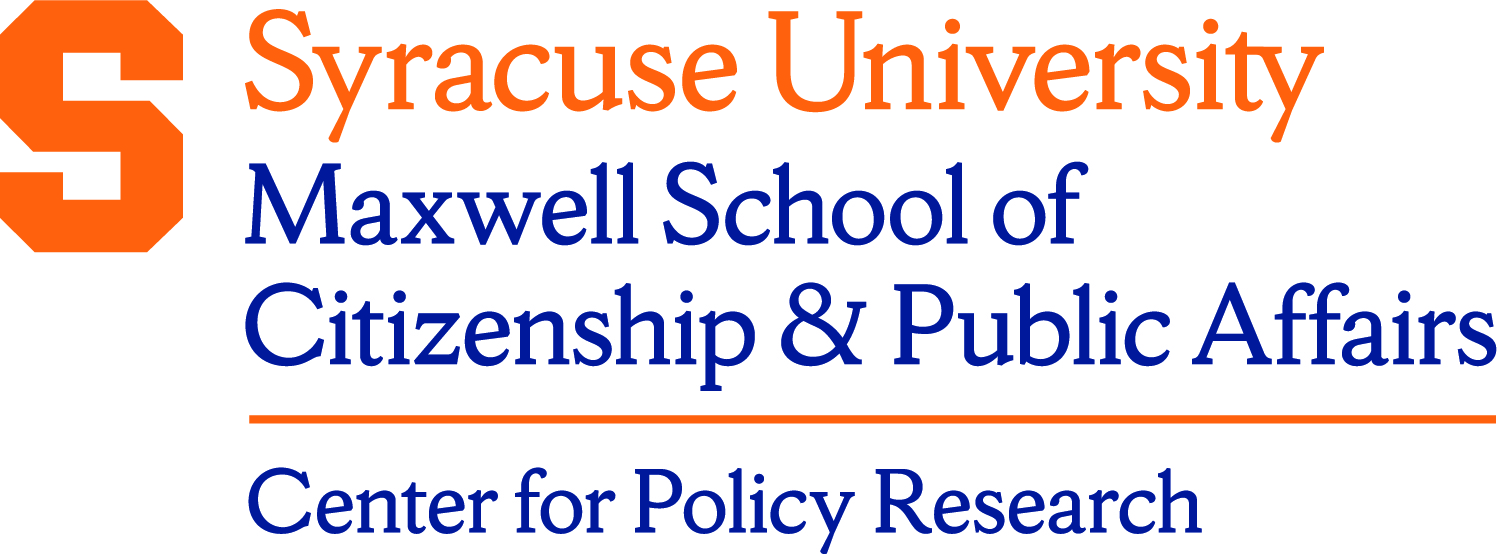Description/Abstract
There are thousands of studies on the gay and lesbian population. Because of the difficulty of sampling this population, most studies have used “convenience samples” for analysis. Until recently, it was extremely rare that survey data on gays and lesbians were collected from a known sampling frame, and equally rare that the same survey instrument was fielded to the gay and lesbian population and to a comparison group of other men and women. Comparative analysis of the gay and lesbian population has thus been difficult, and researchers have been properly reluctant to draw general inferences from available samples of gays and lesbians. This paper has two related objectives. First we provide an overview of standard social science data sources that now allow some systematic study of the gay and lesbian population in the United States. We consider how sexual orientation can be defined in each data source, and we note the potential sample sizes of gays and lesbians from each data source. Special attention is given to the important problem of measurement error, especially the extent to which individuals recorded as gay and lesbian are indeed recorded correctly. Our concern is that as gays and lesbians comprise a relatively small fraction of the population, modest measurement problems could lead to serious errors in inference. In examining gays and lesbians in multiple data sets we also achieve a second objective—we provide a set of statistics about the gay and lesbian population, relevant to several current policy debates.
Document Type
Working Paper
Date
10-1999
Keywords
Policy
Series
Working Papers Series
Disciplines
Public Affairs, Public Policy and Public Administration
Recommended Citation
Black, Dan; Gates, Gary; Sanders, Seth; and Taylor, Lowell, "Demographics of the Gay and Lesbian Population in the United States: Evidence from Available Systematic Date Sources" (1999). Center for Policy Research. 155.
https://surface.syr.edu/cpr/155
Source
local input
Creative Commons License

This work is licensed under a Creative Commons Attribution 3.0 License.




Additional Information
Working paper no. 12